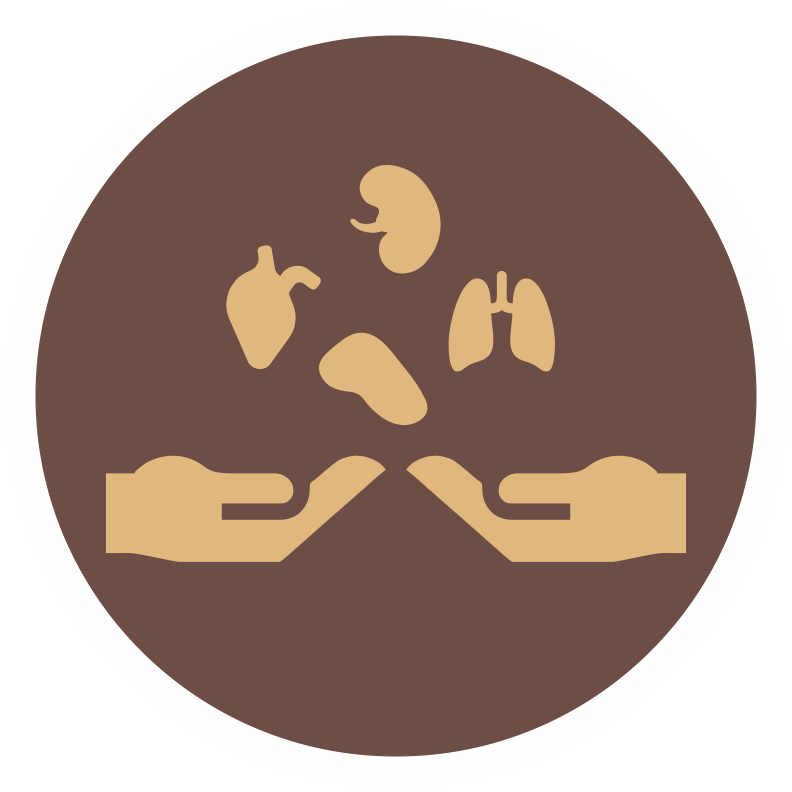- Our Doctors
- Our Specialities
Centres of Excellence
-
 Centre for Blood Diseases, BMT & Cancer Immunotherapy
Centre for Blood Diseases, BMT & Cancer Immunotherapy -
 Centre for Bone, Joint & Spine
Centre for Bone, Joint & Spine -
 Centre for Critical Care Medicine and ECMO Services
Centre for Critical Care Medicine and ECMO Services -
 Centre for Gastrosciences
Centre for Gastrosciences -
 Centre for Heart & Vascular Care
Centre for Heart & Vascular Care -
 Centre for Nephro-Urosciences
Centre for Nephro-Urosciences -
 Centre for Neurosciences
Centre for Neurosciences -
 Centre for Obstetrics and Gynaecology
Centre for Obstetrics and Gynaecology -
 Centre for Organ Transplantation
Centre for Organ Transplantation
Super Speciality
-
 Advanced Diagnostic and Interventional Radiology
Advanced Diagnostic and Interventional Radiology -
 Anesthesiology & Pain Management
Anesthesiology & Pain Management -
 Clinical Nutrition and Dietetics
Clinical Nutrition and Dietetics -
 Dental and Maxillofacial Surgery
Dental and Maxillofacial Surgery -
 Dermatology
Dermatology -
 Emergency and Trauma
Emergency and Trauma -
 Endocrinology and Metabolic Disease
Endocrinology and Metabolic Disease -
 ENT and Head & Neck Surgery
ENT and Head & Neck Surgery -
 Family Medicine
Family Medicine -
 General and Laparoscopic Surgery
General and Laparoscopic Surgery -
 General Medicine
General Medicine -
 GI Onco Surgery
GI Onco Surgery -
 GI Oncology
GI Oncology -
 GI Surgery, Advanced Laparoscopy and Gastro Oncosurgery
GI Surgery, Advanced Laparoscopy and Gastro Oncosurgery
-
- Key Procedures
- Our Hospitals
- International Patient
- Contact us
-
Quick Links


Interstitial Lung Disease
Interstitial lung disease (ILD) refers to a group of lung disorders that cause inflammation and scarring of the lung tissue. These conditions affect the interstitium, the space between the air sacs in the lungs. ILD can lead to progressive lung damage and impair the ability to breathe properly. There are various types of ILD, including idiopathic pulmonary fibrosis, sarcoidosis, and hypersensitivity pneumonitis.
Symptoms
- Shortness of Breath: Gradually worsening breathlessness, especially during physical activity.
- Dry Cough: Persistent cough that does not produce mucus or phlegm.
- Fatigue: Feeling tired or exhausted even with minimal exertion.
- Chest Discomfort: A sensation of tightness or discomfort in the chest.
- Unexplained Weight Loss: Losing weight unintentionally without changes in diet or physical activity.
Causes
- Occupational and Environmental Exposures: Exposure to certain substances, such as asbestos, silica dust, pollen, dust, or chemicals, can increase the risk of developing ILD.
- Autoimmune Diseases: Certain autoimmune conditions, such as rheumatoid arthritis, systemic lupus erythematosus, or scleroderma, can be associated with ILD.
- Infections: In rare cases, infections such as pneumonia or tuberculosis can lead to interstitial lung damage and subsequent ILD.
- Medications: Certain medications, such as chemotherapy drugs or some antibiotics, have been linked to the development of ILD in some individuals.
Treatments
Meet Our Doctors
Frequently Asked Questions
Can interstitial lung disease be prevented?
While some types of ILD may be associated with specific causes, such as occupational exposure or certain medications, it is not always possible to prevent all forms of ILD. However, minimizing exposure to known risk factors, maintaining good respiratory health, and seeking early medical attention for respiratory symptoms can be helpful in managing the disease.
What tests are used to diagnose interstitial lung disease?
The diagnosis of ILD often involves a combination of tests, including pulmonary function tests, chest X-rays, high-resolution computed tomography (HRCT) scans, and sometimes lung biopsies. These tests help evaluate lung function, detect abnormalities, and determine the specific type of ILD.
Who is most at risk?
Those most at risk are:
- Are over 70.
- Were assigned male at birth.
- Smoke or used to smoke.
- Have a history of certain illnesses or conditions, like hepatitis C, tuberculosis, pneumonia, COPD or connective tissue disease.
- Work around substances that can irritate your lungs, like asbestos, silica, molds, fungi or bacteria.
- Have had chest radiation.

 +91 9393 108 108
+91 9393 108 108

















































